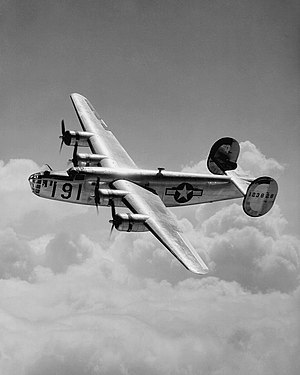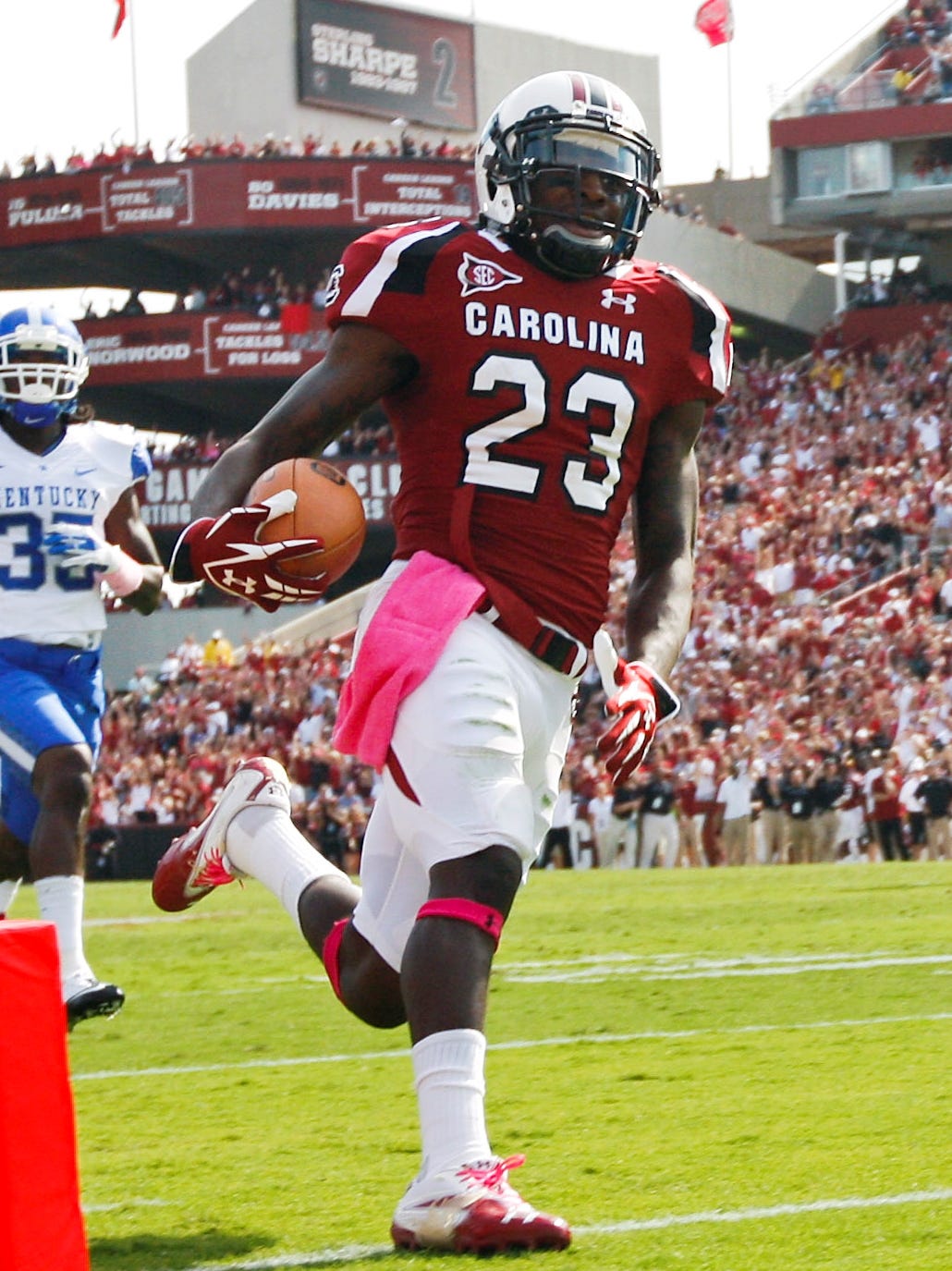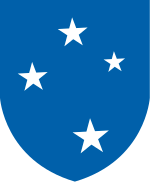Tongatapu
During Vestal's 60 days at Tongatapu, she completed 963 repair jobs for some 58 ships and four shore activities. Included were repairs to warships such as Saratoga (torpedoed by Japanese submarine I-26 on 31 August); South Dakota (damaged from grounding at Lahai Passage, Tonga Islands, on 6 September); and North Carolina (torpedo damage suffered on 15 September).
Espiritu Santo
During her time at Nouméa, Vestal completed 158 jobs on 21 ships; she departed that port on 13 November; reached Espiritu Santo three days later; and began a year's schedule of repair service. During the next 12 months, Vestal tackled some 5,603 jobs on 279 ships and 24 shore facilities. Some of the outstanding repair jobs were on combatants, ships damaged during the bitter naval engagements in the Solomons in late 1942 and early 1943. They were: San Francisco, ripped by heavy caliber hits during the night battle off Savo Island on 13 November 1942; New Orleans and Pensacola, the latter with a torpedo hole measuring 24 by 40 feet (12 m), a flooded after engine room, and two propeller shafts broken; the New Zealand light cruiser HMNZS Achilles, which, besides shrapnel and collision damage, had taken a direct hit on her after turret; and the torpedoed and fire-damaged cargo ship Alchiba.
In addition, she performed repairs on the torpedoed light cruiser St. Louis, the torpedoed Australian light cruiser HMAS Hobart; the bomb-damaged transport Zeilin; and others, including Tappahannock and HMNZS Leander. She also corrected battle damage to and performed alterations on 12 LST's and a large number of miscellaneous lesser ships. Only once during that time, from 27 May to 2 June 1943, did the ship herself undergo repairs.
Repairing USS Pensacola
One of the most outstanding pieces of salvage work performed by Vestal was for Pensacola, heavily damaged at the Battle of Tassafaronga. A torpedo had caused such extensive damage aft that the heavy cruiser's stern was barely attached to the rest of the ship and swayed gently with the current. A few frames, some hull plating, and one propeller shaft were practically all that still held the aftermost section to the rest of the ship. As Vestal's commanding officer later recounted, "Never had an AR (repair ship) been presented with such a task; no records on how it should best be done were available."
By trial and error, and some known facts from previous experience, however, Vestal workers turned-to. The hole was plugged and braced for stability, compartments that could be were sealed and pumped out; three propellers of about seven tons each were pulled off to reduce drag. "One has to be something of an artificer", her commanding officer recounted, "... to realize the problems that came up to do with this job, such as underwater welding and cutting, which was still a fairly new thing." Vestal's force used a dynamite charge to jar one propeller loose and had to burn through the shaft of another to get it off.
After Pensacola came Minneapolis, torpedoed amidships and with 75 feet (23 m) of her bow missing. Vestal put her in shape, too, for a trip to a stateside yard where permanent repairs could be made. "So it went", continued the commanding officer, "... one broken, twisted, torpedoed, burned ship after another was repaired well enough to make a navy yard or put back on the firing line."
Funafuti
On 18 November 1943, Vestal departed Espiritu Santo, bound for the Ellice Islands, and reached her destination, Funafuti, on the 22nd. During her brief stay there, the repair ship completed some 604 major repair tasks for 77 ships and for eight shore activities. Her outstanding job during that tour was her work on the light carrier Independence.
During the ship's sojourn at Ulithi, Vestal completed 2,195 jobs for 149 ships – including 14 battleships, nine carriers, five cruisers, five destroyers, 35 tankers, and other miscellaneous naval and merchant ships. Her biggest repair job of that time was the light cruiser Reno, torpedoed off San Bernardino Strait by Japanese submarine I-41 on the night of 3 November. Once again, Vestal's workers performed their tasks quickly and efficiently, having Reno on her way in a short time for permanent repairs in a stateside yard.
At Kerama Retto, Vestal's big job was repairing destroyers. Her jobs included the kamikaze-damaged Newcomb and Evans.
Subsequently, Vestal performed her vital service functions supporting the occupation of China and Japan, before she sailed back to the United States. Her disposal was delayed in order to allow the ship to perform decommissioning work on other ships referred to the 13th Naval District for disposal, Vestal was ultimately decommissioned at the Puget Sound Naval Shipyard on 14 August 1946. Struck from the Navy List on 25 September of the same year, she lay inactive for the next two and one-half years before stripping began on 20 May 1949. Her hull was sold on 28 July 1950 to the Boston Metals Company, Baltimore, Maryland, and subsequently scrapped.
Vestal (AR-4) received two battle stars for her World War II service.



/cloudfront-us-east-1.images.arcpublishing.com/gray/5QPLTNZYK5HKTPGGXZTTZQDGJI.jpg)


_underway_at_sea_in_September_1935_(NH_97838).jpg/1280px-USS_Pensacola_(CA-24)_underway_at_sea_in_September_1935_(NH_97838).jpg)
_alongside_of_USS_Vestal_(AR-4)_after_the_Battle_of_Tassafaronga,_17_December_1942_(80-G-33862).jpg/1280px-USS_Pensacola_(CA-24)_alongside_of_USS_Vestal_(AR-4)_after_the_Battle_of_Tassafaronga,_17_December_1942_(80-G-33862).jpg)






